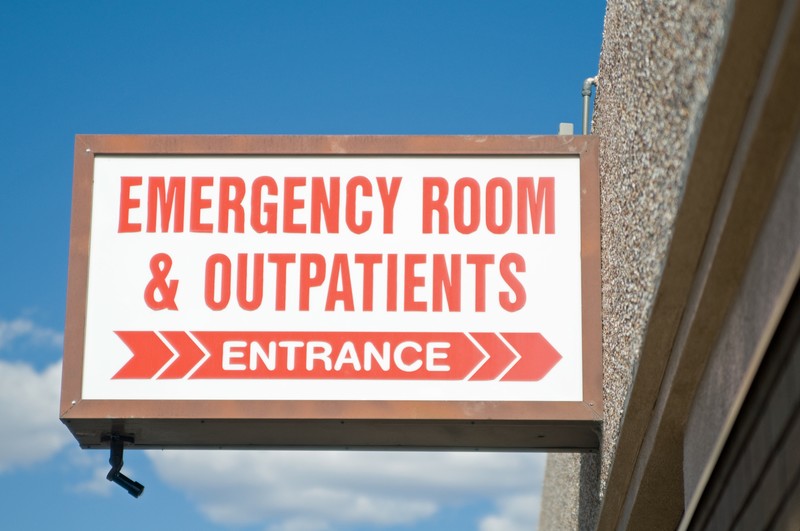An emergency room or ER is a medical treatment facility for critically ill patients when they have had some type of accident or emergency. The severity of their condition and the treatment is determined through a process called triage, which is immediately done by triage nurses and physicians in ER. Since the ER was commonly used for emergency medicine services, hospitals developed the department of emergency medicine. Gradually the emergency medicine service was recognized as a medical specialty for patients who present without prior appointment for treatment for any acute illnesses or injuries. The emergency rooms are the entry points to their medical care. The ER service also records patients’ clinical data/ER reports for which outsourced services from medical transcription companies are often utilized.

Components of EMS System
The emergency medical service includes information system management, medical direction and evaluation, governmental legislation and regulation, integration of health services, and prevention awareness.
Critical Conditions Are Handled in the Emergency Rooms
ER physicians treat conditions such as physical trauma, mental illness, asthma and COPD, myocardial infarction, cardiac arrest, and heart attack, among others. Emergency care has a significant role to play in healthcare delivery and almost half of all hospital-associated medical care is provided in emergency departments, as surveys and studies confirm. This large volume of medical care provided in emergency rooms could be due to reasons such as the quick access to healthcare, and patients’ trust in the comprehensive care delivered by emergency departments. Another reason for overcrowding in ERs may be lack of insurance coverage. Patients are allowed to visit the ED even if they don’t have insurance coverage. ERs are open round the clock and accept patients regardless of insurance coverage and regardless of the payer.
The emergency room is a place connecting all providers and organizations involved in the care of the patient. In fact, the ED provides support to primary care practices by performing complex diagnostic assays and also by handling overflow as well as after-hours and weekend demand for care. When patients are treated in an ED, it is a great support for office-based physicians, especially patients with complex and potentially serious conditions.
Emergency Room Vital Procedures
A medical screening exam is conducted in the following manner.
- An emergency room physician examines you and asks questions.
- Diagnostic tests are prescribed if necessary. These include electrocardiogram (ECG), CT scans, x-rays, blood work, etc.
- Consultations are also coordinated with other specialists.
Demand for Hospital Emergency Departments
The importance of the emergency room is felt in many rural areas where shortage of doctors often causes these departments to function erratically. The lack of doctors, and closure of emergency rooms along with an ever-growing patient registry could be a serious problem. Overcrowding is another concern in emergency rooms.
Emergency departments could be overcrowded because of an inability to treat all patients in an adequate manner, if there is lack of emergency room physicians or nurses. Usually, they will do their best to provide you with privacy and the best quality of care. Crowding also occurs when the emergency patients are held in the emergency department until inpatient beds are available.
In some areas, access is blocked to emergency departments because of overcrowding. However, RAND researchers reviewing such incidents point out that if patients are given timely access to primary care and less expensive forms of care, it could reduce the number of non-urgent visits to emergency departments. The operations of emergency departments must be integrated into both inpatient and outpatient care systems. For this, more use of interconnected health information technology, better coordination of care and case management, and more collaborative approaches to medical practice are necessary. When these steps are taken patients would be given better access to non-emergent care, and you can minimize duplicative testing, and avoid unnecessary hospital admissions.
Medical transcription outsourcing companies assisting ER physicians would endorse the view that emergency rooms are vital for all hospitals. The ER offers hope and a positive outlook for patients and their families. There are so many reasons why emergency rooms are important not only to patients and their families but also to physicians and hospital systems. Appropriate measures must be taken to avoid ER overcrowding and physician burnout.


